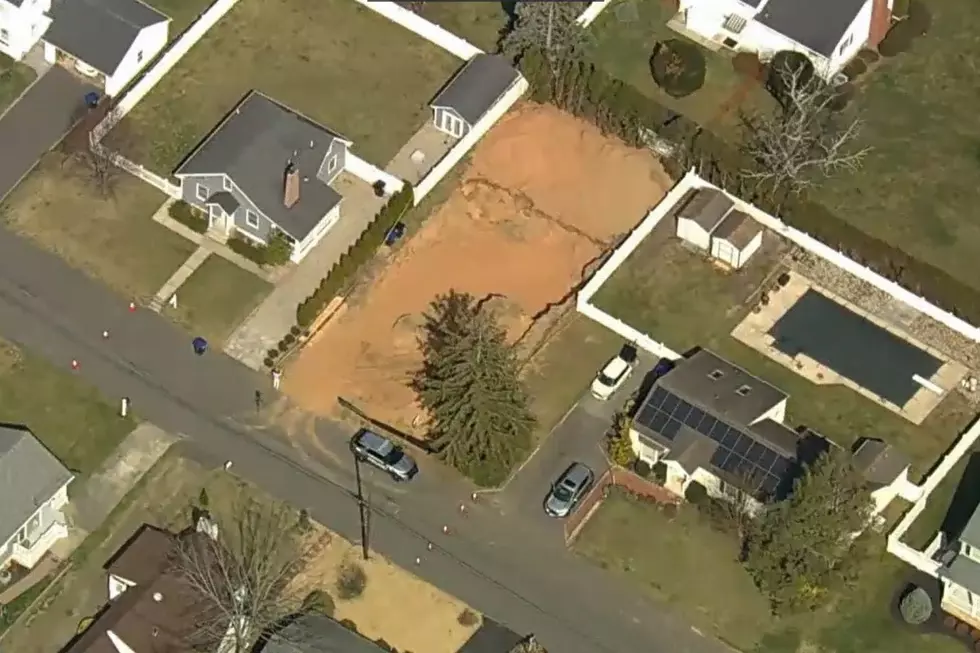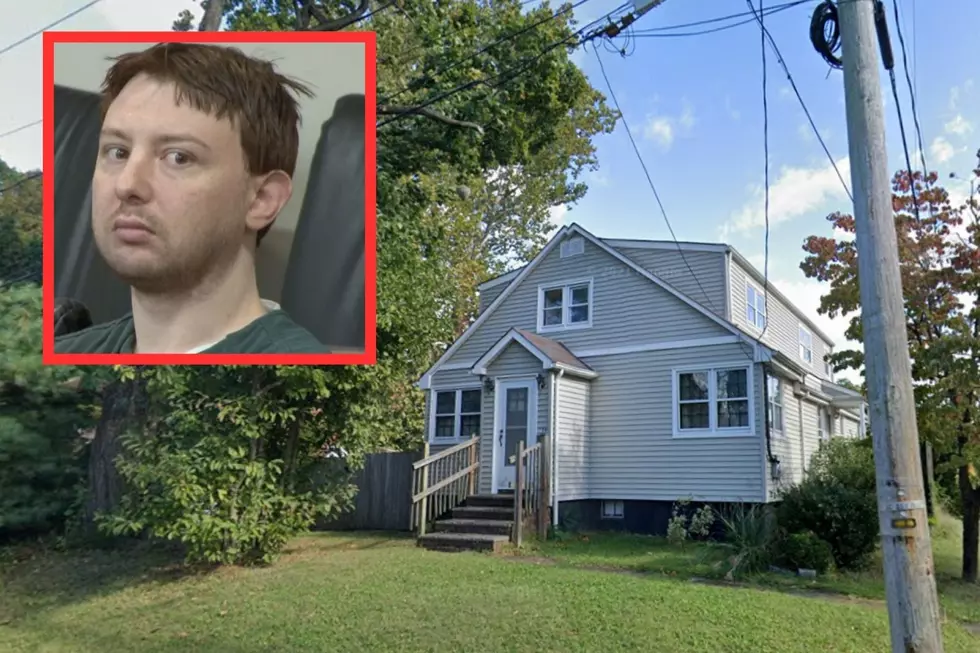
Ex-slaves’ enclave dug up in southern New Jersey
WESTAMPTON TOWNSHIP, N.J. (AP) — Among the 15,400 artifacts Temple University archaeology students unearthed at Timbuctoo - a buried village of freed and runaway slaves along Rancocas Creek - was a tiny, cast-iron buffalo.
"There was also a little gun and a wagon wheel, all of which might have been part of a bank set" for a child to collect coins, said Patricia Markert, a Temple student who helped manage the school's field project in 2010 and 2011 and then conducted several smaller digs last year.
The final batch of artifacts - including tiny pieces of glass from bottles found up to two feet below the surface - are being washed, analyzed, and catalogued, Markert said while photographing the historical site in Westampton Township, Burlington County, last week as part of her study. The buffalo was perhaps the most interesting find, she said, and was evidence of a community that thrived and then disappeared.
Because the excavation area is now covered over, the nearly three-acre site near the creek appears as just a grassy field with a hill and small cemetery off Church Road. Tucked into a stand of towering trees next to the field, the cemetery is the only visible sign of the site's storied past. It bears the tombstones of 13 members of the U.S. Colored Troops who fought in the Civil War and lived in Timbuctoo.
Historians believe Timbuctoo was an enclave where as many as 125 African American families lived, starting around 1825 and ending in the mid-20th century. A stop on the Underground Railroad for runaway slaves, it was also the setting for Battle of the Pine Swamp in 1860. In that encounter, the villagers used axes, knives, and guns to ward off a slave catcher when he arrived with a dozen helpers to wrest away the freedom of a black man living among them, according to several historic accounts.
"This site fits in with a larger narrative. . . . It was part of the slaves' journey, a violent and difficult journey, to freedom," Markert, now a student at the University of Maryland pursuing her master's degree, told The Philadelphia Inquirer.
On Tuesday, the Westampton Township Committee voted to move forward with plans to double the size of the historical site by acquiring adjacent land from a homeowner and applying for open-space funding from the state Department of Environmental Protection.
"We believe Timbuctoo is a historical jewel that has not yet been advertised in a way to make it known to our residents, folks in Burlington County, and to students and schools," Township Mayor Carolyn V. Chang said in an interview. "What we envision are walking trails with markers and historic events and educational programs at the site."
Chang said Temple's archaeological dig had uncovered the cornerstone and outline of an African American church that was once part of Timbuctoo. Physical evidence of several houses was also found, she said, and future digs may reveal a larger area. She said town officials would like to continue to acquire properties around the site and along the creek, where she said runaway slaves would arrive by canoe.
Scientific surveys have determined about 70 people were buried in the cemetery despite the scarce markers, she said.
Christopher Burton, who supervised Temple's digs, said historical deeds and research show Timbuctoo may have encompassed a 40 acres. "The dig at the site is not done by any stretch of the imagination," Burton said. The town is looking into obtaining funds to reopen the exploration, he said.
The artifacts tell a story of how the villagers survived slavery, the Civil War, and then the Jim Crow era, Burton said. "They had to worry about slave catchers and then later, segregation and the KKK. But this was a place where people found a home . . . They were very proactive and survived. It's a story of triumph and perseverance," he said.
Burton said some of the artifacts are on display at the Burlington County Lyceum of History and Natural Sciences at the Mount Holly Library, and others are on loan to the New Jersey State Museum. The rest remain at Temple while they are being catalogued, he said, but they will ultimately all go to Westampton Township.
Chang said the archaeologists gave a presentation on their findings at several events held at Timbuctoo. She said the site had also hosted Civil War reenactments, speeches by historians, and commemorations with an African American choir from a church linked to the one that once stood at Timbuctoo.
"We're hoping to do more next year," Chang said.
Township Administrator Donna Ryan said the Westampton committee approved the acquisition of a more than two-acre parcel on Blue Jay Hill Road behind the current Timbuctoo site on Church Road. The lot is assessed at $195,000, but the state Green Acres program will negotiate the price with the homeowner, and will pay half of the cost if the town's application is approved, Ryan said.
Chang said historians believe Timbuctoo stretched onto Blue Jay Hill Road and even reached the creek a few blocks away. "We want to acquire land so that we can show the entire historical site," she said. "My hope is to also acquire property that includes access to the creek, which was used by the slaves, and would show how that community came about."
Copyright 2014 The Associated Press. All rights reserved. This material may not be published, broadcast, rewritten or redistributed.
More From New Jersey 101.5 FM









